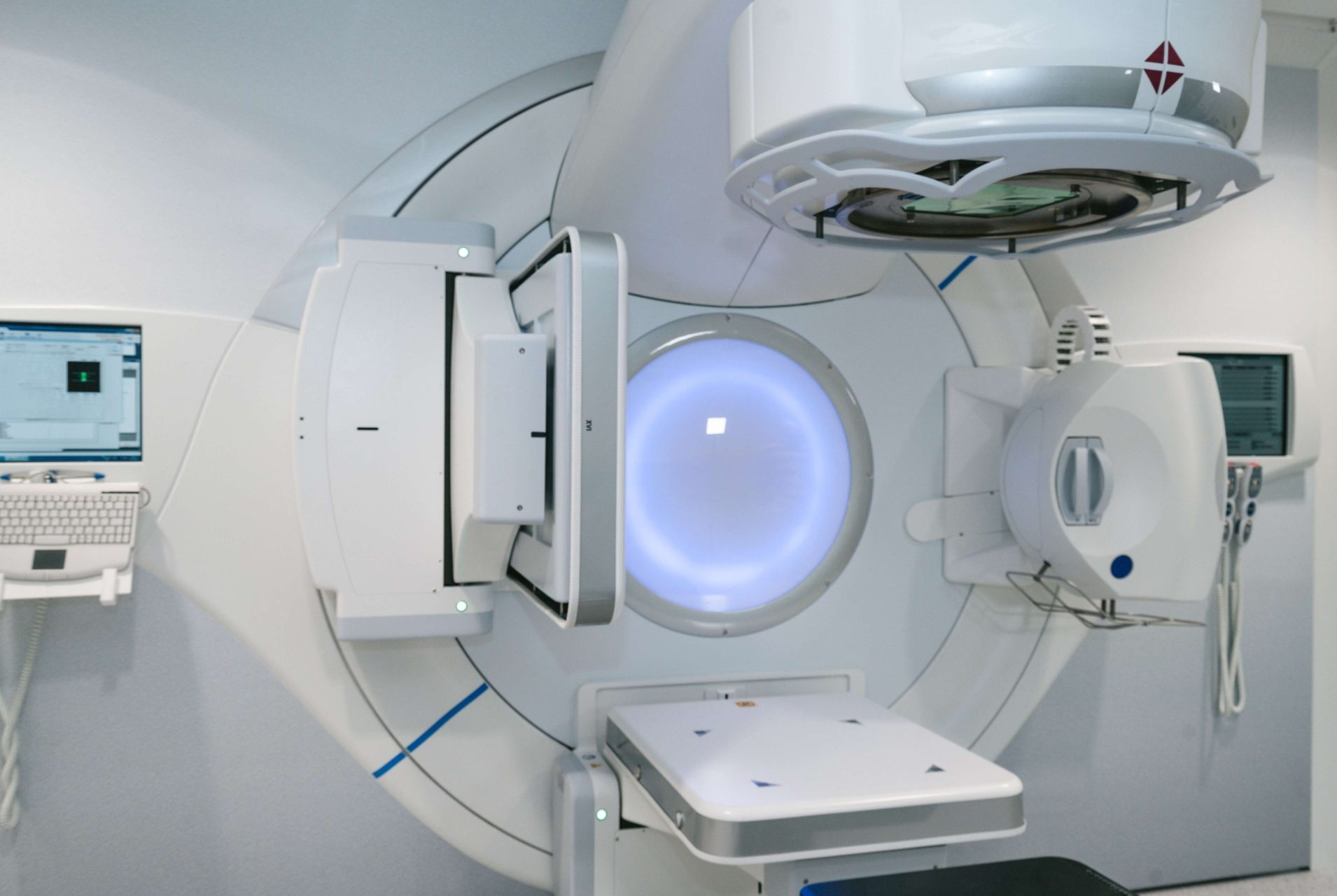Lymphomas are a type of cancer that starts in the lymphatic system, which is part of the body’s immune defense. The lymphatic system includes lymph nodes (small glands), the spleen, bone marrow, and other tissues that help fight infection and get rid of waste. In lymphoma, certain white blood cells called lymphocytes grow out of control and build up in parts of the body, forming lumps or swelling—often in the neck, armpits, or groin. There are many kinds of lymphoma, but they are mainly grouped into two types: Hodgkin lymphoma and non-Hodgkin lymphoma. While the names may sound scary, many types of lymphoma respond well to treatment, and survival rates have improved greatly over the years thanks to advances in medicine.
Over the years, the way doctors treat lymphoma has changed a lot—and for the better. Decades ago, radiation therapy was the main treatment, and although it helped many people, it also came with serious long-term side effects because large areas of the body were exposed to high doses of radiation. Patients were cured by radiation therapy, but there was concern about injury to organs like the heart and the development of secondary cancers. As medical science progressed, chemotherapy became more effective and was often combined with radiation to boost success rates.
Today, with the help of advanced imaging tools like PET scans, doctors can better see where the cancer is and decide if radiation is even needed after chemotherapy. Radiation therapy has also become more precise, using lower doses and targeting only the areas affected by cancer.
When you hear the word “radiotherapy,” you might think of an old-fashioned cancer treatment. But for lymphomas—cancers of the lymphatic system—radiotherapy remains a powerful and evolving tool, even in the age of advanced chemotherapy and immunotherapy.
Hodgkin Lymphoma: A Smarter, Safer Approach
In the past, radiotherapy was the go-to treatment for Hodgkin lymphoma (HL). It worked well but often came with long-term side effects due to the high radiation doses and large areas treated. Thankfully, those days are behind us. Today, RT is combined with chemotherapy in early-stage HL, especially in patients with favourable outcomes, to increase the chance of a cure and reduce the risk of the disease returning. Researchers have attempted several studies to test if radiotherapy could be omitted in patients whose cancers seemed to disappear on PET scans after standard chemotherapy. The results were that in the long term, those patients who did not have radiotherapy had a significantly higher risk of the lymphoma coming back. Giving stronger chemotherapy could narrow this risk gap to some extent but not completely.
For advanced stage Hodgkin lymphomas, the main treatment is chemotherapy but there is still a role for radiation therapy in 2 situations: if the lymphoma tumour was very large at diagnosis, or if there was still residual active tumour after chemotherapy.
Non-Hodgkin Lymphoma: Tailored Treatments
Non-Hodgkin lymphomas (NHLs) are a diverse group, and radiotherapy is used differently depending on the type. In slow-growing (indolent) NHLs, RT alone can often be enough to control the disease. In fact, very low doses of RT (2 treatments over 2 days!) have proven surprisingly effective for patients who are older or can’t tolerate more intensive treatments.
For aggressive NHLs, which grow quickly, chemotherapy is usually the main treatment. RT might still be added in certain cases of limited stage aggressive NHLs, like when the cancer forms large lumps (bulky disease) or spreads to other organs.
However, the decision is often case-by-case and involves a team of specialists.
Necessity and technology go hand in hand
Radiotherapy still plays an important role in curing lymphomas. Just as chemotherapy has evolved, radiation has changed to meet the new treatment concepts.
The dosage of radiation when combined with chemotherapy can be reduced. With chemotherapy, and PET scan imaging, the radiation target area can be made smaller and less normal tissue is exposed to unnecessary radiation.
The delivery of radiation is also more precise with advanced technologies like intensity modulated radiotherapy (IMRT), volumetric arc therapy (VMAT) and proton therapy. IMRT and VMAT are advanced therapy x-ray delivery technologies that can shape the radiation dosage precisely to the target area, which sometimes can be irregularly shaped, or near sensitive organs. Proton therapy is a newer form of radiation that is unique in that the proton beam can stop abruptly after hitting the target area, and this can limit the amount of ‘collateral’ low to moderate dose radiation to nearby parts of the body.
To ensure these precise beams go where they should, modern radiation is mostly image-guided; meaning, the treatment machines are able to make 3D CT scans of the target area just prior to treatment to make accurate positional adjustment before the beam is switched on.
For lymphomas involving the lymph nodes in the chest, particular attention needs to be paid to protect the heart from radiation injury that may manifest only many years after radiation. Apart from the previously mentioned IMRT/VMAT/Proton therapy/image guidance, one unique method of chest radiation is to do the radiation treatment while the patient is holding his or her breath. Doing so effectively immobilizes all the organs in the chest, including the lymph nodes, which allows for a smaller treatment area as movement does not have to be accounted for. It also pushes the heart away from the target lymph nodes during radiation, further enhancing cardiac safety. Devices like an Active Breathing Coordinator (ABC) can accurately measure how deep a person is breathing and thus ensure a constant position during breath hold.
What’s Next?
Radiotherapy continues to evolve. Techniques have become more precise, targeting only the areas needed and sparing healthy tissues. There’s also growing interest in combining RT with newer treatments like immunotherapy, which could make radiation even more effective while using lower doses.
In short, radiotherapy hasn’t faded into the background. It’s still a key player—just smarter, safer, and more personalised than ever. Cure rates have gone up dramatically, with many long term survivors, so the technological advances in radiation are key in enhancing safety, reducing long term side effects and preserving quality of life.
This article is contributed by Dr Jonathan Teh Yi Hui, Medical Director (Centre for Stereotactic Radiosurgery) & Senior Consultant Radiation Oncologist at Asian Alliance Radiation & Oncology (AARO).






